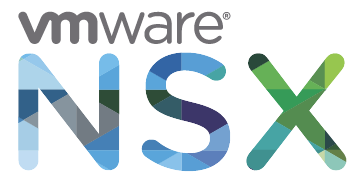VMware Identity Manager(vIDM), formerly known as VMware Workspace Portal, is VMware Workspace ONE’s identity & authentication component. vIDM aims to mainly achieve two goals increasing security and improve productivity by providing Single Sign-On(SSO). Beyond providing SSO to mobile users in End-User Computing(EUC) and Bring Your Own Device (BYOD) scenarios, vIDM can be used to provide SSO for different VMware products like vRealize suite and NSX. For instance, Configuring Role-Based Access Control (RBAC) in NSX-T Datacenter is only possible through vIDM.

vIDM can be installed on Windows (2008R2, 2012, 2012R2 and 2016) or as an Virtual appliance on Linux (SUSE Linux Enterprise 11). In this post, I am going to describe how to deploy VMware Identity Manager as a virtual appliance and in following post, I’ll describe initial configuration of vIDM.
Continue reading “Deploying & Configuring VMware Identity Manager (vIDM) – Part 1”